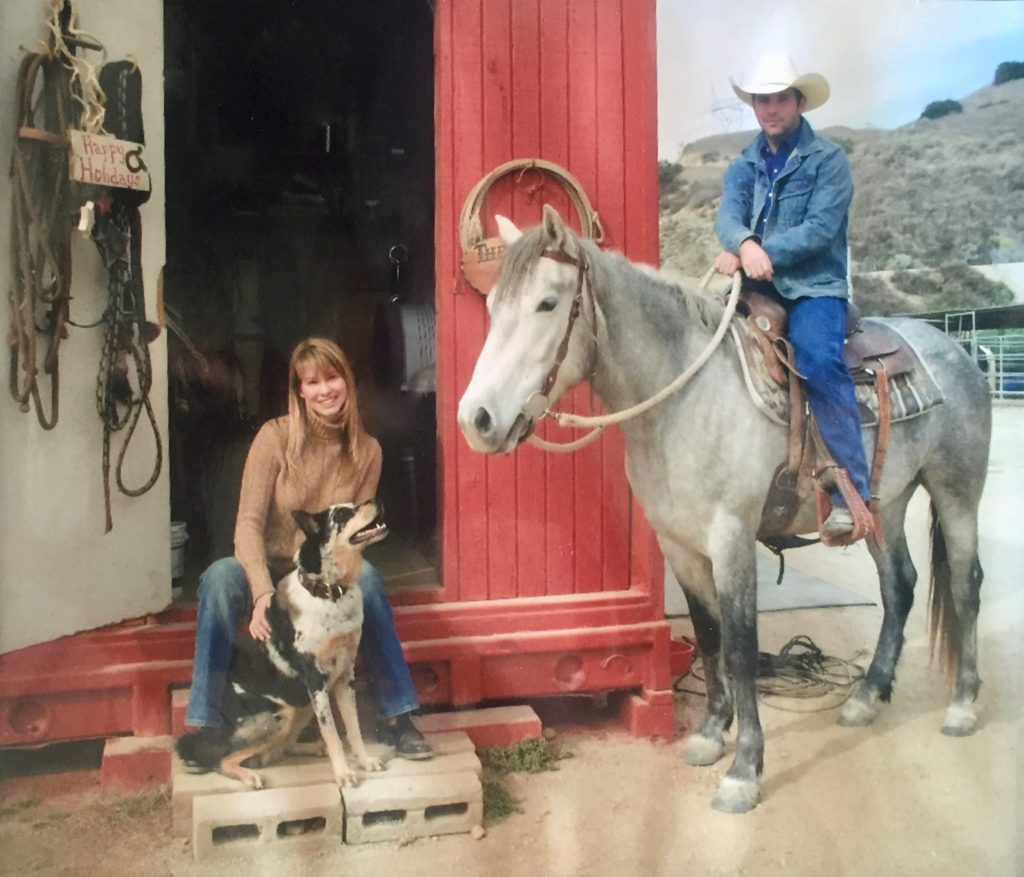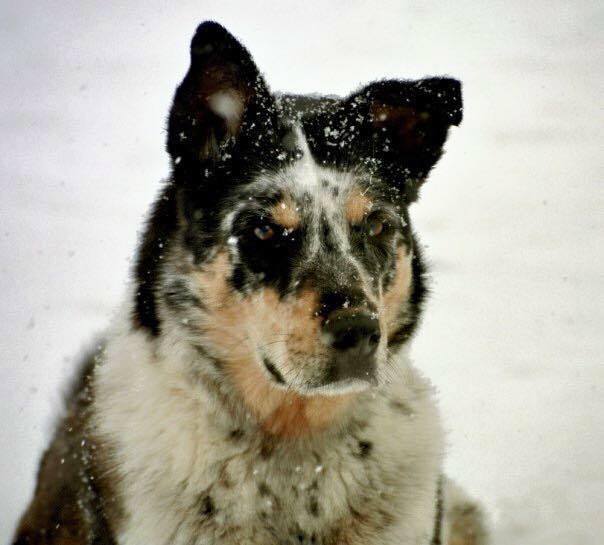HOME
The Natural Horseman – A Family’s Best Friend
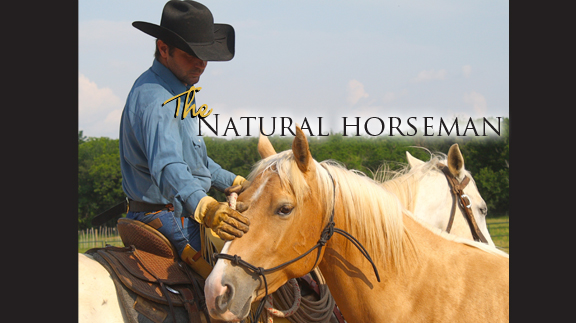
By Steve Stevens
We laid to rest a truly beautiful spirit a couple of weeks ago, our twelve-year-old rescue dog, a mix of Australian Shepherd and Husky, “Scarlett.”
As I have spent some time reflecting on our loss, I know the saying goes a “Man’s best Friend,” but Scarlett was more than that. She was the “Family’s Best Friend.”
My wife and I came upon Scarlett during a time very early in our relationship. She was maybe our first choice of relationship responsibility. I had come across her during a random stop at a local shelter. Although she was a puppy, she seemed to have an old soul and appreciation for life. She didn’t seem phased by the road she had not chosen.
Scarlett looked directly into my eyes with a unique sparkle, and I knew we had to have her. I called Amanda and told her she just had to see her. The moment they met it was no longer a choice but a need to have this little big eared black, grey and white puppy in our life. We had to buy her in a bidding option and there was one other lady making her attempt to out bid us. Amanda grabbed my arm tight and twisted hard, and gave me a look I have come to know as “don’t mess this up.” We paid way more than we had expected on a rescue, but her value would soon become unparalleled.
Looking back, there was only one being with Amanda and me from the beginning of our relationship and that has been Scarlett. Scarlett was named after Scarlett O’Hara from “Gone with the Wind.”
Much like the character, Scarlett became the strength of our family, the one that held us together. She was beautiful, tough, a little spoiled.
Our Scarlett was very kind, kind to all comers.
I started thinking how Scarlett had been there on all of our youthful adventures as we loved to travel the American West. We dragged her all over the place, to the mountains, to the desert searching for wild Mustangs, back and forth to Scottsdale, Arizona, to visit Amanda’s parents and family, to Gallup, New Mexico, to see my dear friend Sonny. She loved to play in the snow; there she was probably at her happiest. She also loved meeting new people. Sometimes people could be intimidated by her because of her size and bark, but she never hurt a soul.
She was with us when we left California to move to our first home in Texas to live our new adventure on a ranch. She chased wild turkey and ran with the horses there. She was there when we brought our newborn son home then when we brought our new daughter home. She protected them and I always felt safe when I was not there. I knew she would watch over. She cuddled up tight next to us when a tornado hit our home in Cleburne.
Training horses can be a very lonely job, a lot of time spent outside riding on your own. That would have been the case, but Scarlett was always there with me for nearly every ride. She loved being outside with me and the horses. I always felt safe when she was watching.
Scarlett was there in our most trying time when Amanda got diagnosed with cancer. I can’t tell you how many times I would get down on the floor and squeeze her and cry to her when no one was watching, as I felt she was the only one I could share my fears with with.
She greeted each new member of the family with joy. First Melanie, (also named from “Gone with the Wind”) the crazy sick kitten that showed up in the barn and then her best friend, “Woodrow,” the little funny corgi mix that we took in when we knew better.
She always smiled and wagged her tail with such appreciation when we would come back home after being gone for an hour or a week.
Scarlett introduced our young children to how beautiful owning a dog can be.
Scarlett walked this earth with Grace, love and pride. I can picture her now, running and hopping through lush fields of green grass, cutting back and forth as she did in her youth, like she is working a wild Corriente steer.
I know she is in a place where her pain is gone. We love you Scarlett.
HOME
Farm and Ranch Injuries
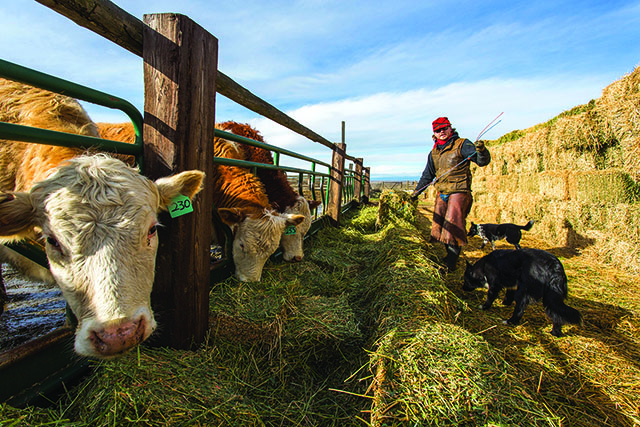
By Barry Whitworth, DVM
In January, I attended the Oklahoma Veterinary Conference. While waiting for one of the sessions to start, a classmate of mine commented how many of the attendees walk with a limp, used a cane, and/or have damaged hands. We all agreed that working with animals is hard on the body. In general, anything associated with farming and ranching is dangerous.
Most farmers and ranchers know that agriculture is a dangerous occupation. According to United States Bureau of Statistics, workers involved in agriculture, forestry, and fishing had the highest occupational fatality rate in 2022. The fatality rate of 23.5 per 100,000 full-time equivalent (FTE) workers for this group is much higher when compared to the overall occupation fatality rate of 3.7 per 100,000 FTE. Most of the agriculture-related fatalities are associated with transportation, such as tractor overturns, and vehicle crashes, but a fair number involve livestock.
To read more, pick up a copy of the March issue of NTFR magazine. To subscribe by mail, call 940-872-5922.
HOME
Jesses Jewelz

By Jesse Kader
Comfy and keep it western. That’s the name of the game this month. It’s hot and who wants clingy clothing? This jumpsuit is perfectly comfortable and relaxed without forfeiting the fashion. Dress it up or keep it casual. See this and more at www.jessesjewelz.com.
HOME
Noble Research Institute Expands New Program Offering Farmers and Ranchers the Essentials of Regenerative Ranch Management
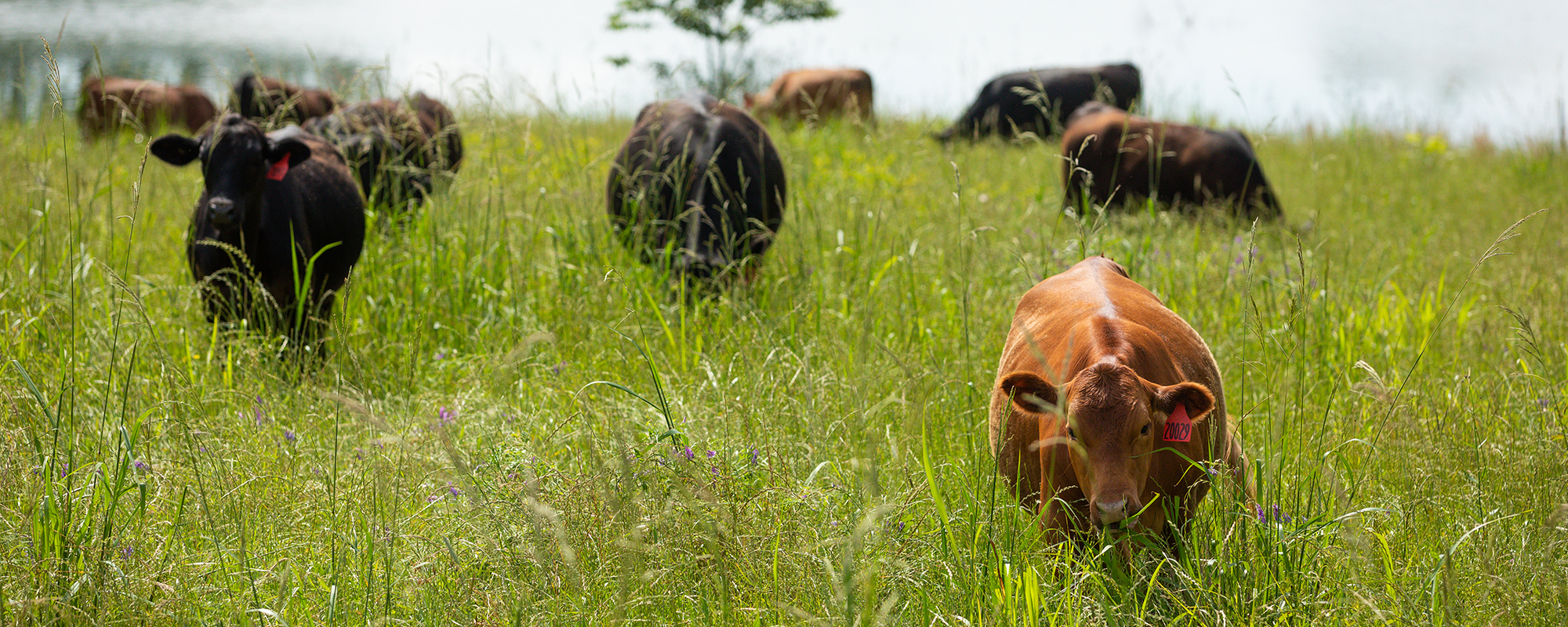
The educational program has been expanded to three new locations, empowering ranchers and farmers to monitor and improve the health of their land, livestock and livelihood through regenerative principles.
ARDMORE, OK–September 12, 2023 – Noble Research Institute announced the expansion of Essentials of Regenerative Ranching, a new educational program designed to help ranchers enhance and restore the land, making it more resilient and reaching livestock grazing goals through regenerative management. Essentials of Regenerative Ranching provides producers with practical tools, hands-on experience and guidance to make data-driven decisions to decrease costs and improve profit.
The Essentials of Regenerative Ranching course has been expanded to three new locations in Texas and Oklahoma. Registration is open now at www.noble.org/essentials. Seating is limited, so early registration is recommended.
Texas A&M
College Station, Texas
October 17 – 18
O.D. Butler, Jr. Animal Science Complex
Noble Research Institute
Ardmore, Oklahoma
October 31 – November 1
Pavilion Center
Texas A&M
Kingsville, Texas
November 7-8
Caesar Kleberg Wildlife Center
“Program participants gain working knowledge and experience of monitoring and improving the health of their soil, grazing livestock more strategically and making informed financial decisions,” said Hugh Aljoe, Noble Research Institute’s director of ranches, outreach and partnerships. “We use a mix of classroom and field work to send producers home with the tools they need to begin making changes on their ranch.”
Farmers and ranchers navigate uncertainty from weather, fluctuating market prices and escalating costs of inputs. Many producers are seeking new tools that offer greater control and reduce their operational uncertainty. Through this course, ranchers and farmers will calculate their financial situations, determine initial stocking rates, carrying capacity and grazing goals.
“The course is well-suited for ranchers of all experience levels and all types and sizes of operations,” Aljoe added. “No matter your situation, this program will transform the way you think about your ranch.”
The Essentials of Regenerative Ranching program allows producers to overcome obstacles, become more informed problem-solvers and increase the productivity of their grazing lands. By participating in this program, ranchers join a community of like-minded producers who are shaping the future of ranching and leaving a lasting impact on their land and families. “If I had known what I learned in this course when I started my regenerative journey, I could have avoided some key mistakes,” said Tana McCarter, a rancher, and Essentials attendee. “I left with the tools I needed to monitor my soil health and financial progress. I’ll now have the right data to make informed decisions on how to meet my regenerative goals.”
Noble Research Institute is an independent nonprofit agricultural research organization dedicated to guiding farmers and ranchers in applying regenerative principles that yield healthier soil, more productive grazing land, and business success.
At Noble, researchers, facilitators and ranch staff work together to share with farmers and ranchers the skills and tools to regenerate the land in a profitable manner. Noble is focused on the regenerative management of the nation’s grazing acres, which directly impacts pasture and range environments, wildlife, pecan production, and livestock production. Regenerative management recognizes that each decision made on the ranch impacts the interactions of the soil, plants, water, animals, economics and people. Noble’s 14,000 acres of working ranch lands provide a living laboratory on which to demonstrate and practice regenerative principles and ideas to deliver value to farmers and ranchers across the U.S.
-

 Country Lifestyles1 year ago
Country Lifestyles1 year agoScott & Stacey Schumacher: A Growth Mindset
-

 Equine7 months ago
Equine7 months agoThe Will to Win
-

 Country Lifestyles7 years ago
Country Lifestyles7 years agoStyle Your Profile – What your style cowboy hat says about you and new trends in 2017
-

 Country Lifestyles4 years ago
Country Lifestyles4 years agoAmber Crawford, Breakaway Roper
-

 HOME7 years ago
HOME7 years agoGrazing North Texas – Wilman Lovegrass
-

 Country Lifestyles7 years ago
Country Lifestyles7 years agoDecember 2016 Profile, Rusty Riddle – The Riddle Way
-

 Country Lifestyles8 years ago
Country Lifestyles8 years agoJune 2016 Profile – The man behind the mic: Bob Tallman
-

 Country Lifestyles8 years ago
Country Lifestyles8 years agoCowboy Culture with Clay Reid – Being a Man

